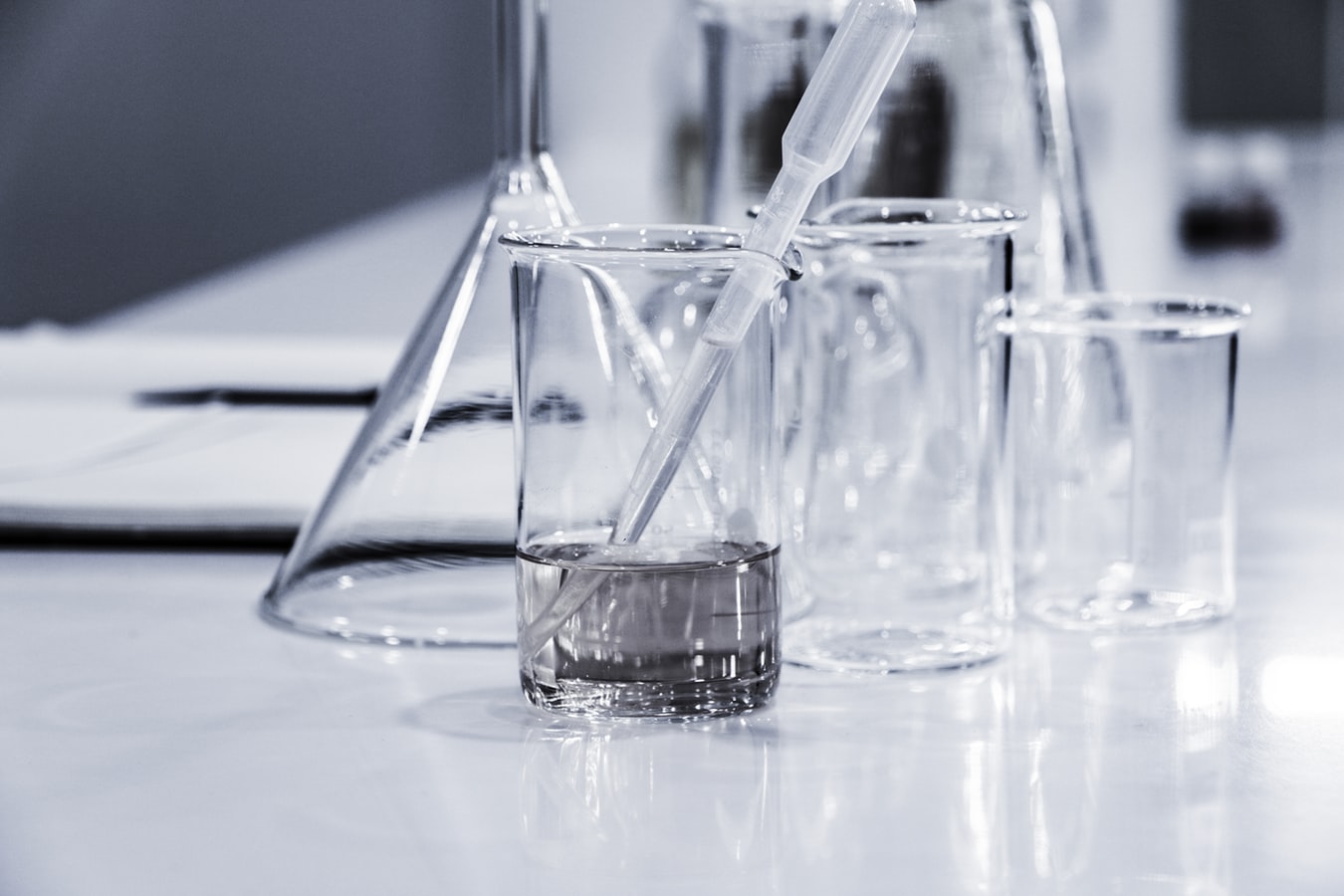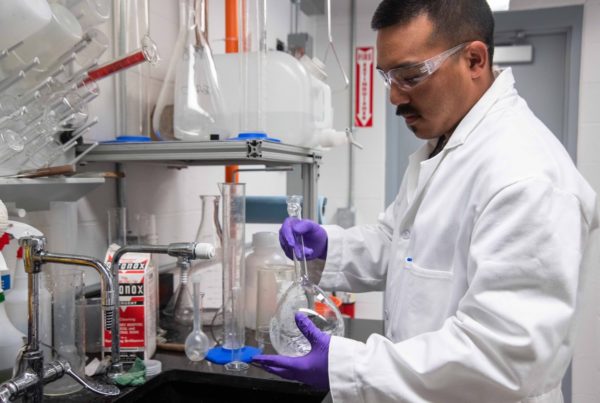A catalyst is a substance that facilitates a reaction without itself being consumed or otherwise altered. A well known example is platinum, which catalyses the reaction between oxygen and hydrogen to form water. The two gases can be mixed and may remain unchanged for a long time. If a spark is made in the mixture, they will react with explosive rapidity. The same can be achieved by thrusting a piece of platinum into the mixture. To be effective, the platinum should have a high surface area (“spongy platinum”).
A photocatalyst facilitates a reaction with the help of light. Titanium dioxide is an excellent example. Organic matter, including viruses and living bacteria, in contact with illuminated titanium dioxide will be decomposed, ultimately to carbon dioxide and water, while the titanium dioxide remains unchanged.
Titanium dioxide is particularly robust in this regard. Many catalysts — platinum is a notorious example — can be “poisoned” by being inadvertently exposed to reagents that react irreversibly with the catalyst, inactivating it. Not titanium dioxide.
Another aspect of robustness is resistance to “photocorrosion”. This is when the reducing electrons and oxidizing positive holes generated by light falling on the photocatalyst reduce and oxidize the catalyst material itself. Many photocatalysts suffer from this weakness, which renders them essentially useless for practical applications. Titanium dioxide is perfectly stable with respect to photocorrosion.





